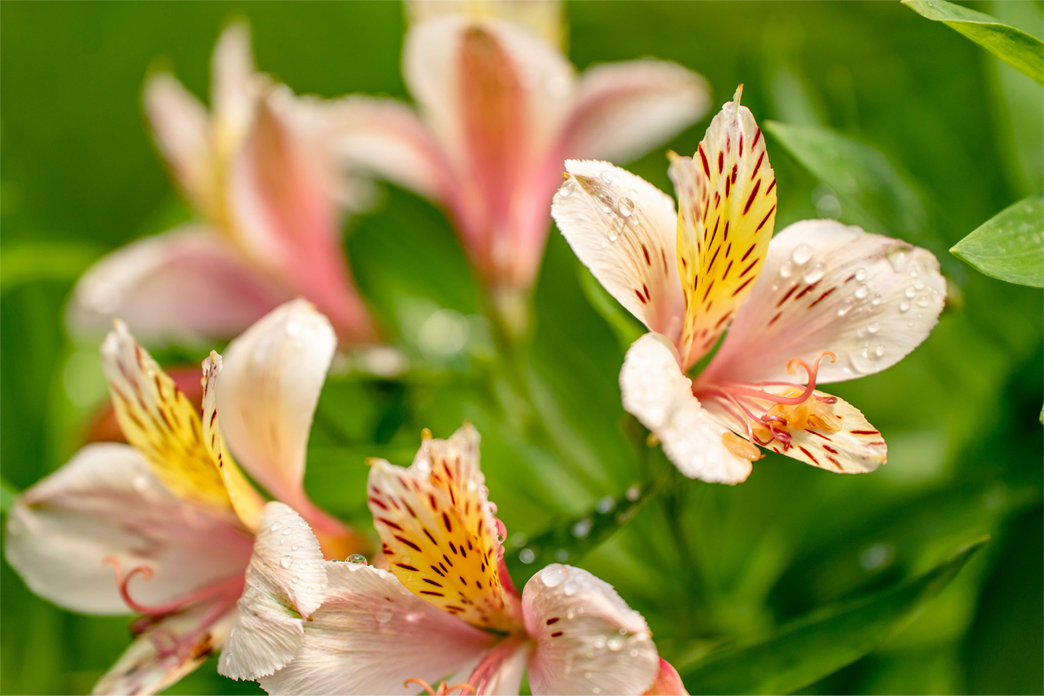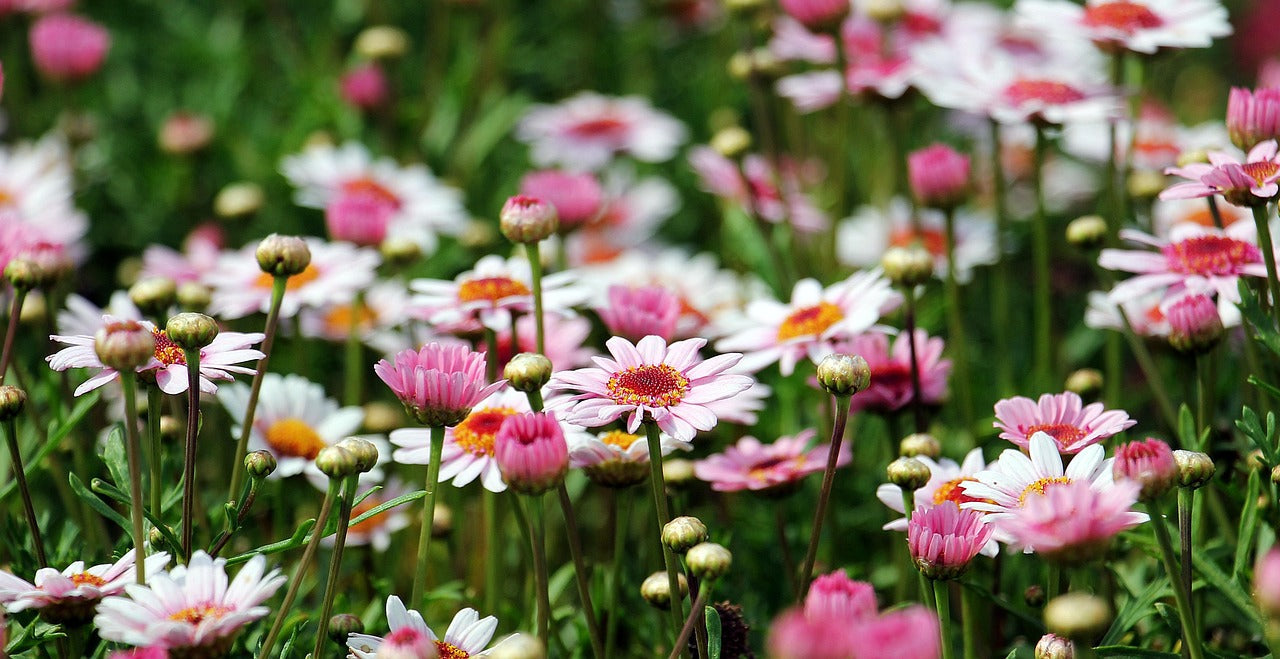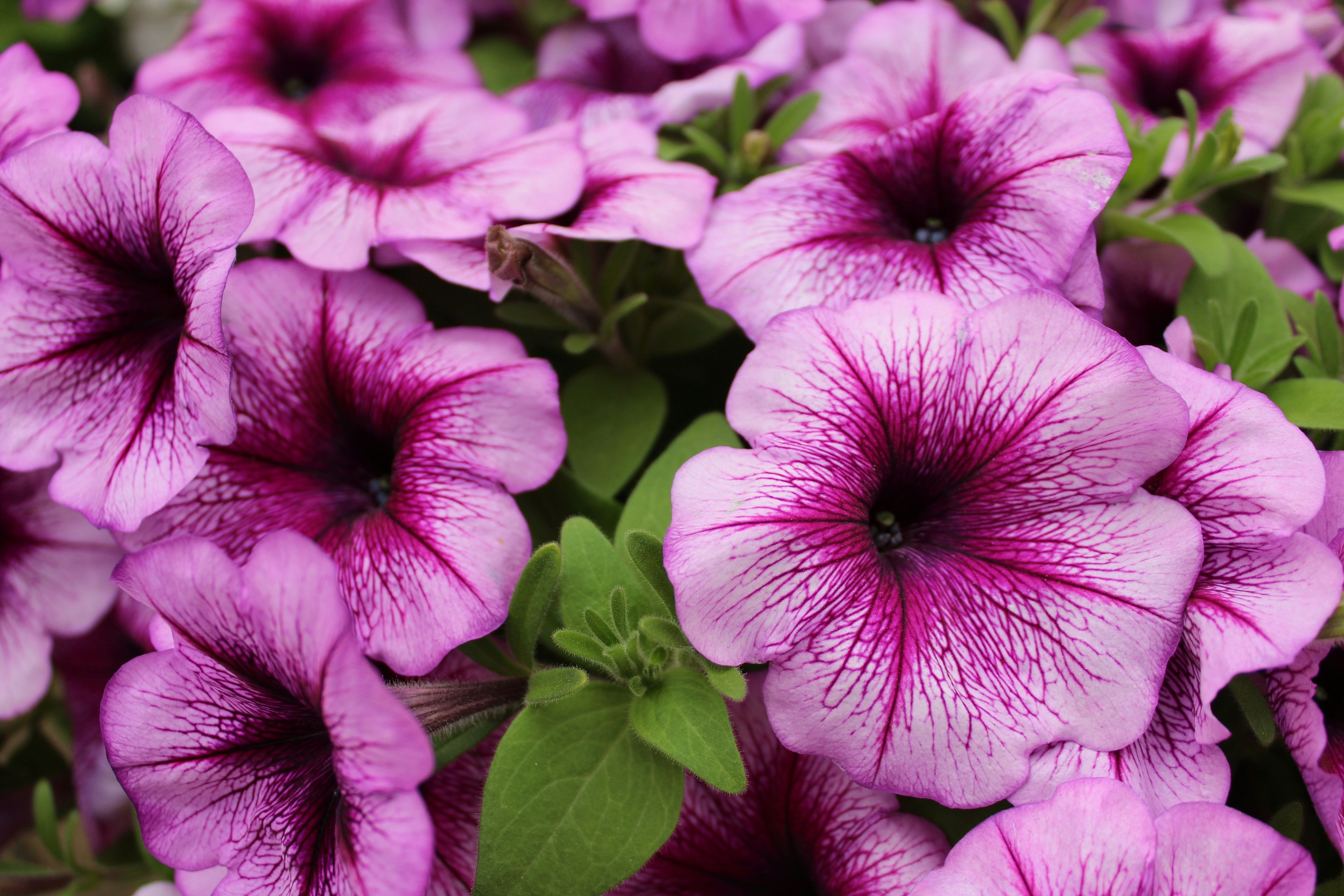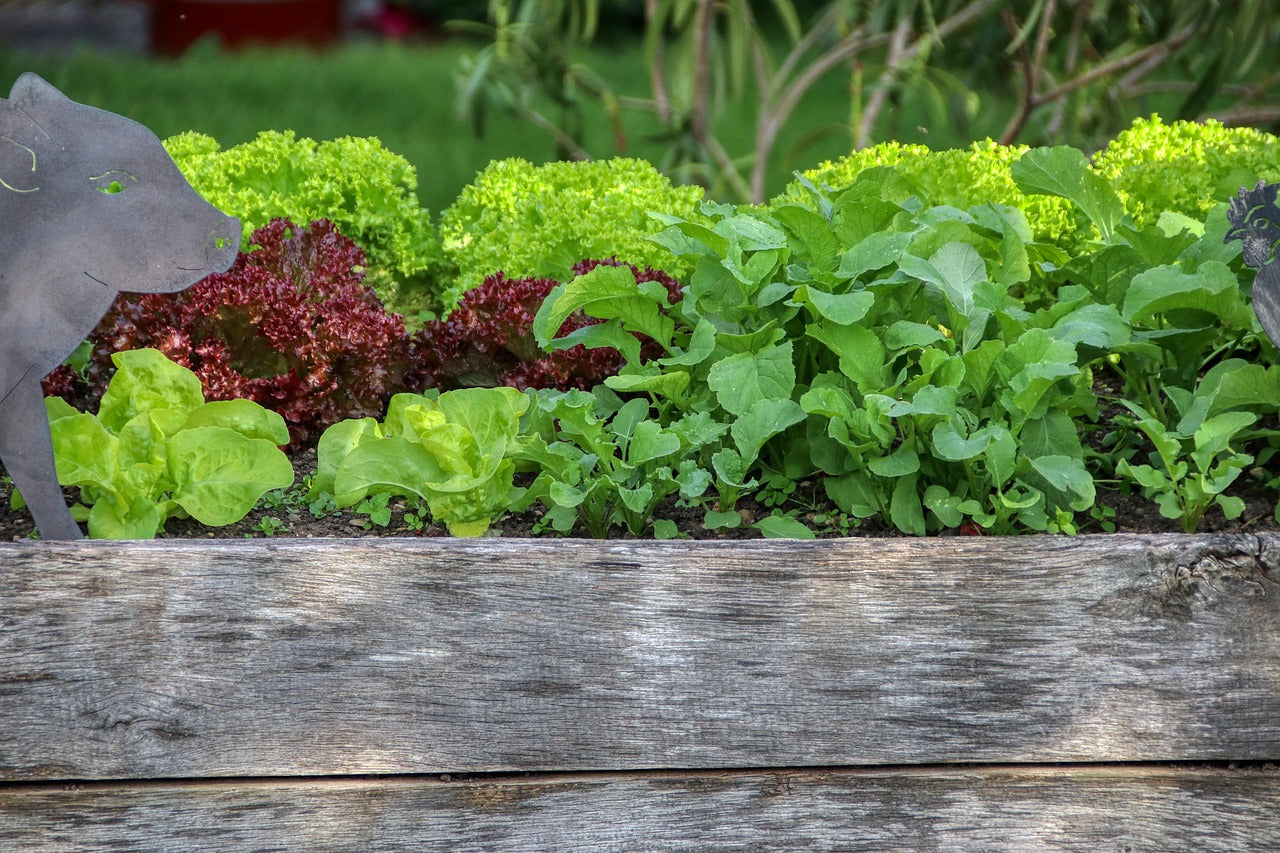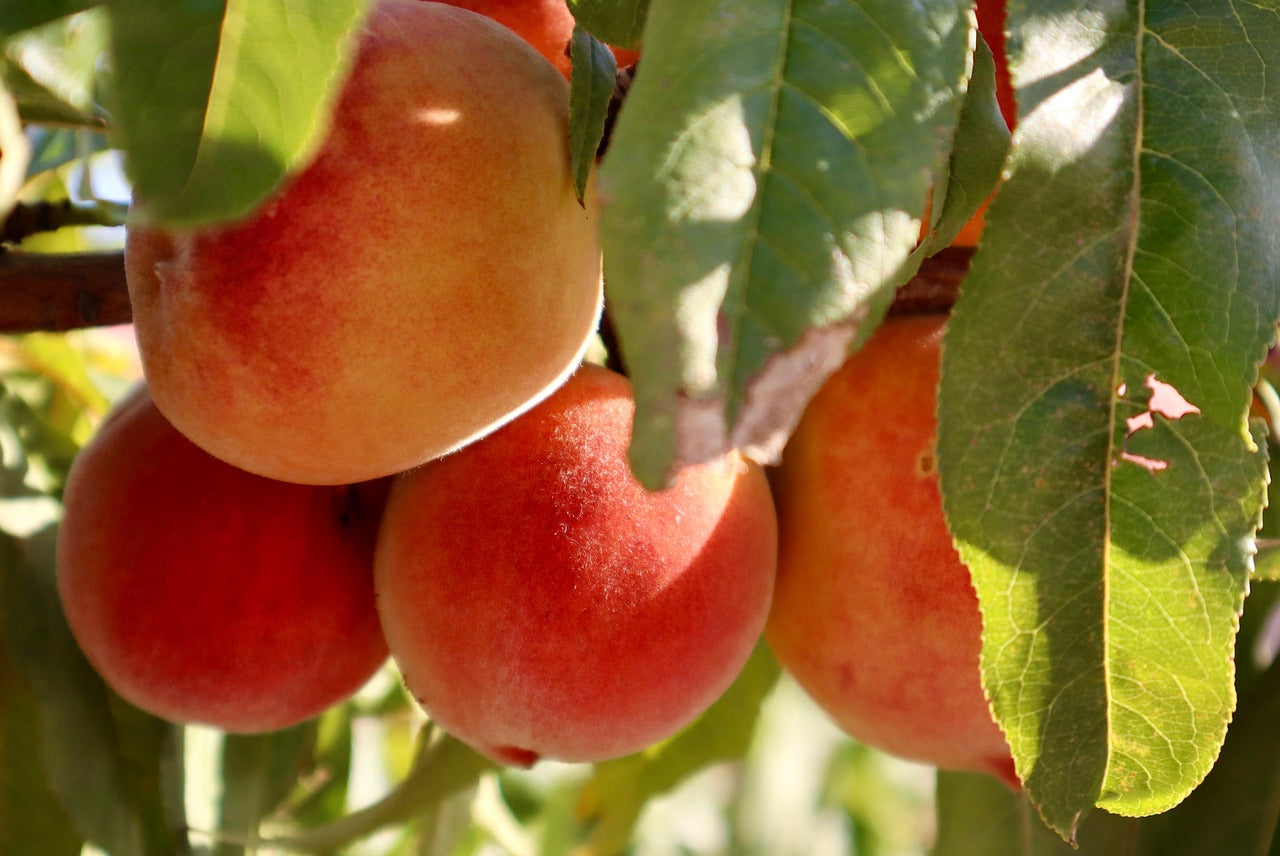Lovely, exotic, and lily-like in design, alstroemeria is a stunning plant to grow in both garden beds and containers! Alstroemeria is a hardy herbaceous (plants that have no woody stems above ground) perennial, which flowers for many years.
Alstroemeria flowers make the perfect long-lasting cut flowers for those that like fresh flowers inside. Plus, we’re not the only ones who find the alstroemeria flowers irresistible, as they are also a favourite of bees and other pollinating insects. If you want to know more about growing alstroemeria, have a read of our tips below.

Pictured: Alstroemeria Indian Summer
Alstroemeria Varities
When it comes to selecting an alstroemeria there are many gorgeous varieties to choose from. See a couple of our favourites below.
Indian Summer: Unusual orange and yellow flowers. Deep grey foliage. Height of 60-80 cm and 60cm spread.
Inticancha series: Compact plants which come in a range of colours. Height of 30-60cm and 60cm spread.
Summer Sky: Pure white with pale yellow markings. Height of 75cm and 60cm spread.

Pictured: Alstroemeria Inticancha Sunshine
How to grow Alstroemeria
Plant in full sun in rich well-drained soil, sheltered from winds. They can tolerate some shade, however, the full sun helps alstroemeria to flower well. For best results, plant before spring to give your alstroemeria plant some time to establish before it begins flowering in spring.
When growing alstroemeria in a pot, use a peat-free potting mix such as Tui All Purpose Potting Mix, as this will help with water retention over the hot summer months.
Add organic matter such as Tui Organic Compost to the soil. Space Alstroemeria 20cms apart. If you are selecting a taller variety to grow, add stakes to help support the stems before they become flower heavy.

Pictured: Alstroemeria Summer Sky
Water
Whilst it is important to water newly planted alstroemeria during dry spells, be mindful to not over-water, as this can cause root rot.
Avoid over-watering by only watering when the soil looks dry. When first planted keep the soil wet until the first shoots show. After the first shoots come through, water once a week if the weather is dry.
If you notice that your plant is showing signs of fungal disease (including dry and wiry basal stems, wilted leaves and stems, and stunted growth), root rot is likely the cause. Reduce watering immediately. To help improve soil drainage, add sand and small rocks to the top 25cms of the soil. We also recommend adding compost as mulch such as Tui Compost, to soak up excess water. If the disease continues to spread, you will need to remove the infected and dispose them.
If you are growing alstroemerias in a pot the soil is likely to dry out quicker, therefore be mindful to water more regularly than when growing alstroemeria in the ground. Be careful not to overwater, rather water just enough so that the soil is evenly moist.
Feeding
Feed alstroemeria with a slow-release fertiliser such as Yates Dynamic Lifter Organic Plant Food when planting. To boost growth, add a high potash fertiliser such as Tui Sulphate of Potash food before the first flower buds appear.
Deadheading
Promote new growth by removing the entire stems of flowers once they have died. Pull the whole stem gently from the base rather than cutting off the dead head and leaving the stem.
Do not trim back alstroemerias in winter, as they will naturally die back to the ground each year. In spring when new growth happens, remove any remaining old stems from the base.
Picking Alstroemeria
Alstroemeria flower from spring right through to autumn, giving you many months to enjoy their beautiful blooms. When picking alstroemeria remove the whole stem from the base. Then trim the stem to your desired length before placing into a vase.
Propagating Alstroemeria
After a few years, the large clumps of alstroemeria roots can be dug up and separated. After they have been divided up into large clumps, they need to be immediately replanted. As the original alstroemeria clumps grow bigger, propagating provides greater space for congested plants. Plus, it creates more alstroemeria plants to spread around your garden.
Pests and Diseases
Young alstroemeria are susceptible to slugs and snails. We suggest placing slug bait such as Yates Blitzem Slug & Snail Pellets around the edge of your young alstroemeria plants to help protect them. Also, check for signs of aphids, caterpillars, and whiteflies. If you spot any, apply a garden insecticide such as Grosafe Bioneem Insecticide.
The main cause for concern is root rot. Check the fleshy roots to ensure they are healthy and remove any with signs of mould to avoid it spreading further. In winter, move pot-grown plants to a sheltered area to protect them from intense winter rains.
Top Tip: Make sure you always wear gloves when planting alstroemeria’s, as they contain the toxin tulipalin which has the potential to cause skin irritations.

